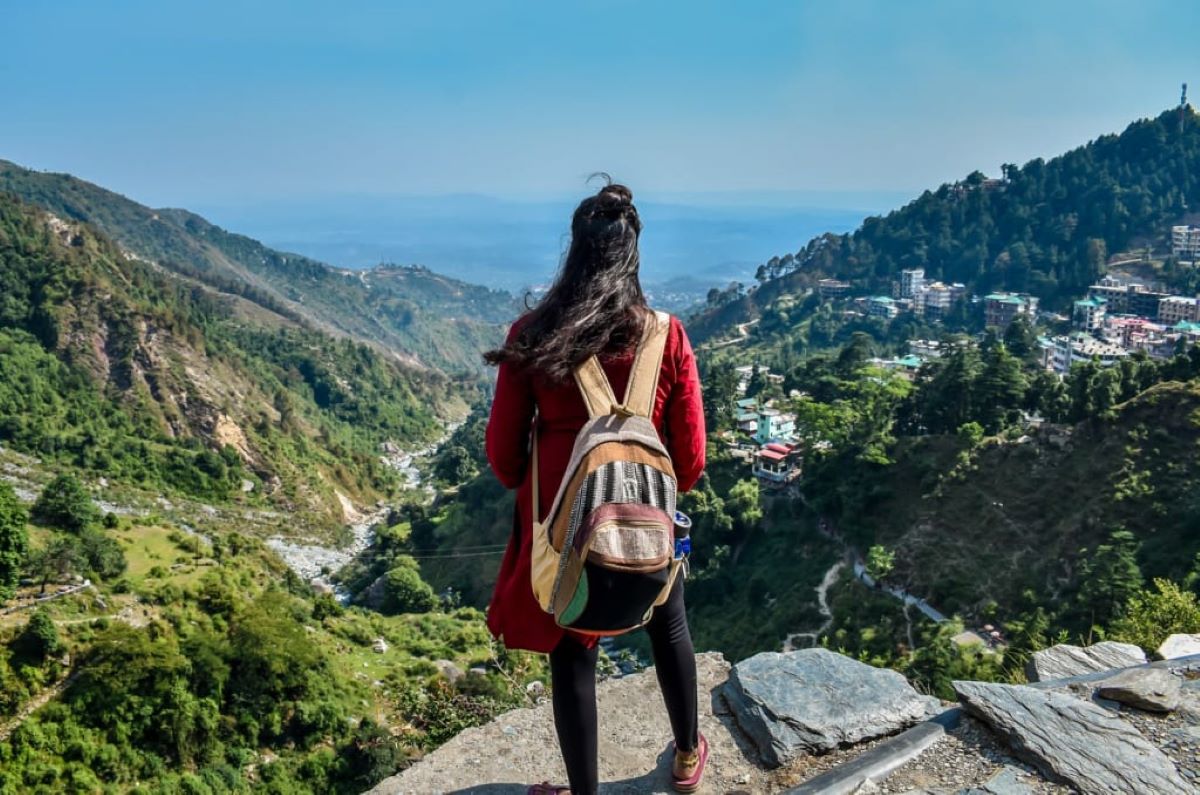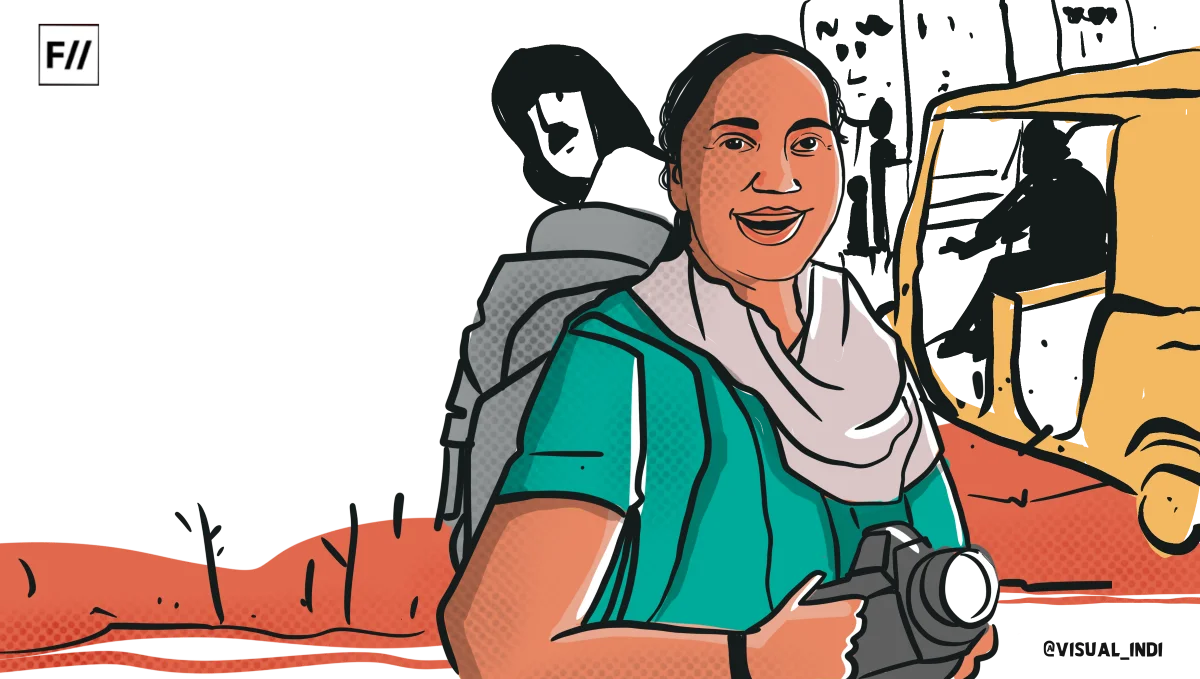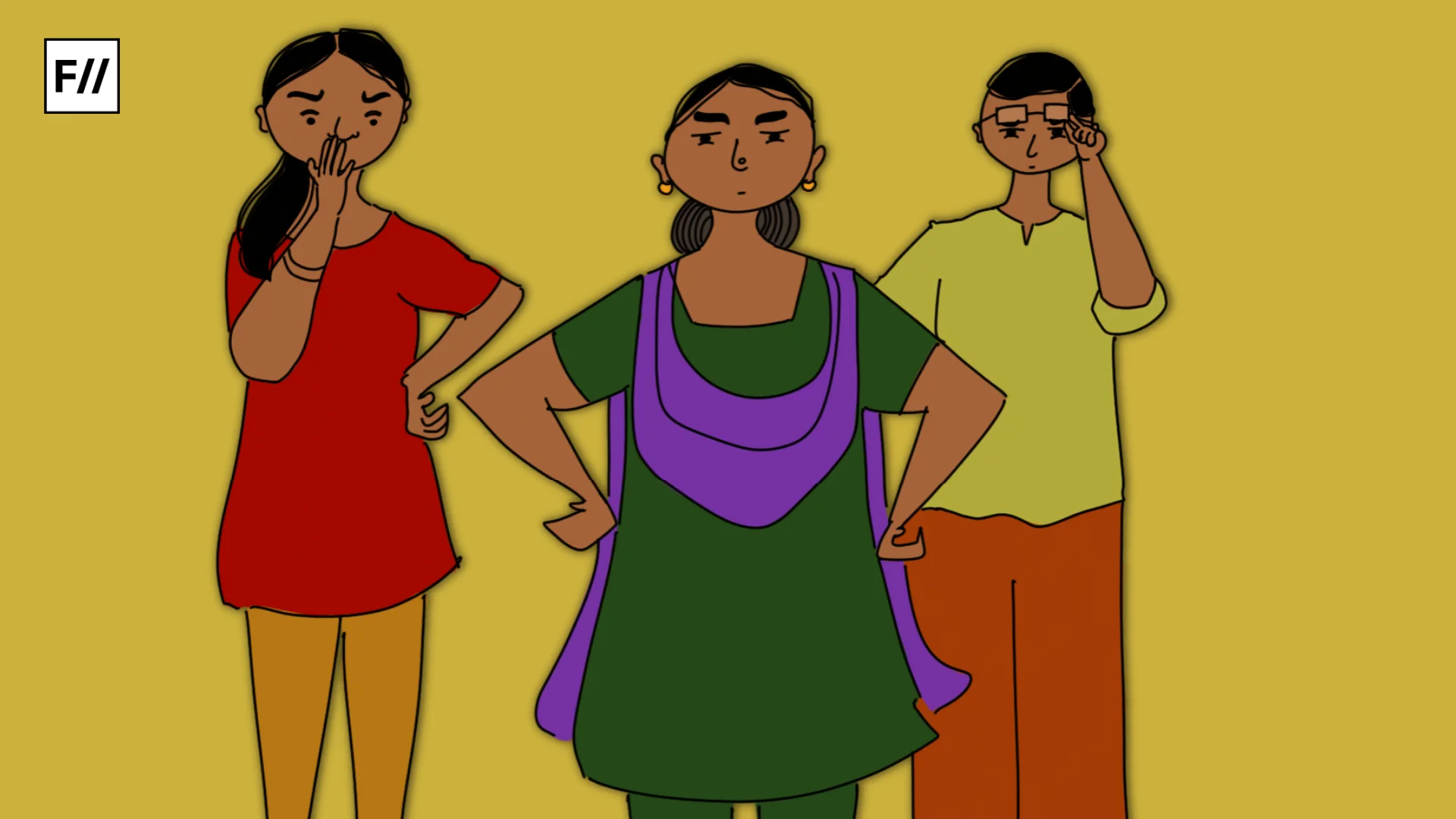The question that is commonly put up for women opting for solo travelling is, “If something happens to you on a solo trip, who will be responsible?” or “Why do you not go on a trip after your marriage?”
The historicity of solo travelling around the world always remained significant, particularly for men not for women. However, in keeping with the history of solo female travelling, women embarked on solo trips in the 18th and 19th centuries to record their experiences into autobiographies such as Around the World in Seventy-two Days, Wonderful Adventures of Mrs Seacole in Many Lands and others.
It is central to patriarchal perspective that men are meant to dominate the public sphere and women are associated with the private domain. In the same way, outdoor activities are meant for men and indoor for women. Traveling not only serves the purpose to explore one’s surroundings and enhances observation and understanding regarding the same but also a way to express one’s identity. It can be opted by anyone irrespective of socially constructed gender roles.
According to Booking.com, 54 per cent of the world’s women express their desire to travel solo in 2024. Despite this fact, travelling has remained a male-dominated activity from time immemorial. Surprisingly, according to a study by Road Scholar, a travel organisation, 85 per cent of solo travellers are women. Even it is extracted from Condor Ferries that 64 per cent of the world’s women are travellers.
In spite of women’s passion and as a constitute of the majority of solo travellers, they face stereotypes as a result of male-dominated mindset causing multiple forms of violence against solo female travellers. In fact, so many questions are directed at women opting for solo travelling such as “Why do they want to go on a solo trip?” “Why do they not get accompanied by a man during solo travelling?” “Why do they want to adopt western culture of solo travelling?” and many more. But it is high time to acknowledge that solo female traveling can liberate women from the shackles of invisibilisation. Specifically talking about India, Insure My Trip has revealed that Delhi is the least safe city for female travellers.
As evidently enunciated in an article on Wander Womaniya, Women, during travels, face unwanted looks and safety and security lapses. That is what we need to bring into consideration to smash patriarchal stereotypes.
Women are patriarchally stereotyped as weaker to take up solo travelling
In a write-up titled “The Weaker Sex” on the National Library of Medicine, it has been explicitly articulated that considering women physiologically weak is a myth. In accordance with an article in The Star, this myth is so deep-rooted that women are commonly viewed as worthless to take up solo travelling. Because of this widely held misconception, women are frequently assumed to always have man and family accompaniment.
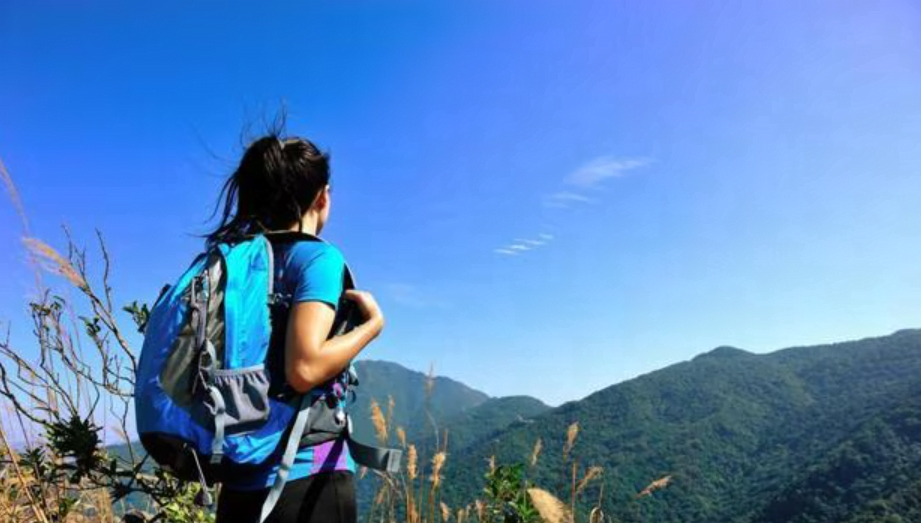
It is really important to understand in simple words that feminity is always linked to women who are fragile, according to society, and it is fragility that puts them in danger. That is why, they are believed not to take care of themselves.
In an article titled “8 stereotypes solo women travellers face during their travels (How to break them)” on Just Wravel, transcending gender roles, solo female travellers can equally take up adventurous activities such as hiking, trekking etc. They can also equally get into physically challenging activities. According to research in The Guardian, women have longevity of life expectancy, surviving illness and dealing with trauma, higher than that of men. Although it has been surveyed that women are psychologically affected by male domination as explained in an article on Research & Reviews.
According to an article on DW, Women are expected to be at home where they are believed to be safer than roaming outside alone, but the National Crime Records Bureau says 93 per cent of rapes are committed by known people to the victim who could be family members, relatives, friends and neighbours.
Visual representations put obstacles to solo travel
According to an article on Holidify, women and other gender minorities are vulnerable to objectification, misogyny, homophobia and sexualisation in Bollywood films. For instance, what about the patriarchal dialogue of Jab We Met “Akeli Ladki Khuli Tijori Ki Tarah Hoti Hai.” It does not give a licence to someone to objectify and sexually abuse women whether during travels or for some other purposes they are alone outside.
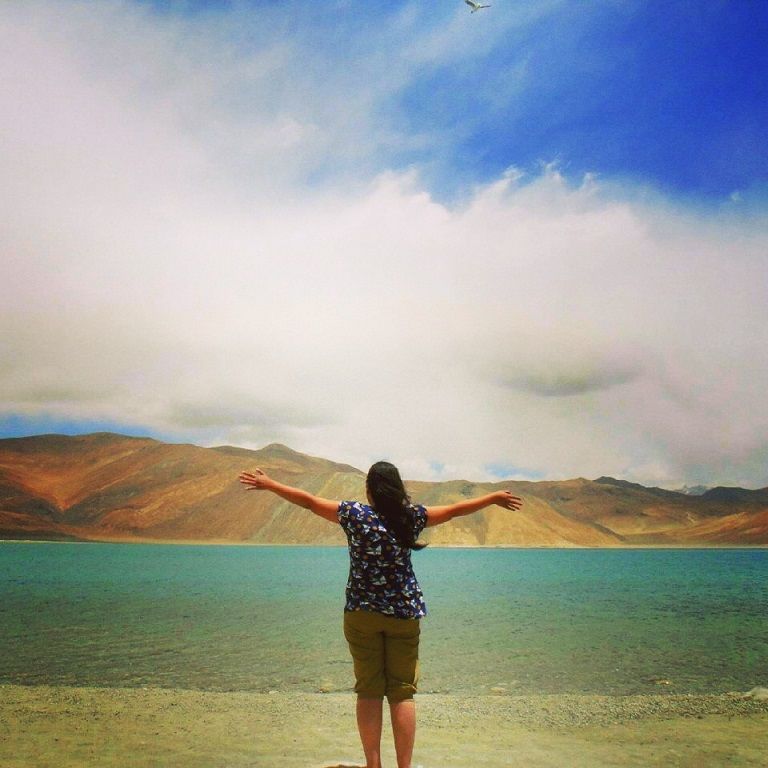
Such a mindset is deeply ingrained in collective memory through visual represenations that it results in sexual violence against women on the streets. After all, reclaiming a space on the streets for women is the fundamental right.
With the exception of a few progressive films concerning women’s issues, historical evolution of mainstream cinema has gone from underrepresentation to misrepresenatation of women over the last decades. In line with the article on Women’s Web, they are portrayed to have a non-resistance and enduring attitute towards unwanted weired looks and forceful imposition glorified as love of a male protagonist.
This represenation as a stereotype gets stuck in the collective memory of viewers of society that is embedded in patriarchy that also turns into an obstace to solo female travelling. Sexual harassment is meted out to foreign travellers who come to explore India’s top destinations : Delhi, Rajasthan, Mumbai, Goa etc. Staring at a woman standing alone is normalised. In compliance with official statistics that primarily cover up local women, but also reveal that 409 foreigners filed cases for rape, harassment and kidnapping, but the number does not demonstrate the normalisation of everyday harassment as articulated on The Sole Speaks.
In this way, solo travelling that is primarily taken up for relaxation, exploration or enhancement of one’s empowerment, turns out miserable for women.
Debunking the myth of Man the Explorer
Solo travelling is still a gendered issue despite the fact that all men and women need to have a very precise understanding about destinations they decide to go to on the basis of the safety level and should take precautions. It has been apparently recognised that the decision to embark on a solo trip is much easier for men to make than women because the former is always associated with masculinity that emanates bravery and courage to explore the world.
In our conventional-ridden society, parents play a significant role in women’s decision-making and then their husbands because “she is seen as most likely to fall prey to safety lapses during her solo travels because of her fragility,” as explained in an article titled “Issues faced by solo female travellers in India” on Tripoto.
The constantly growing percentage of women as solo travellers is a challenge to the accepted conception that only men can explore.
Solo female travel, a way to embrace women’s liberation
It is now crystal clear that women prefer travelling more than men, but also experiences obstacles more than men. Solo female travelling is a way to detach women from societal expectations.
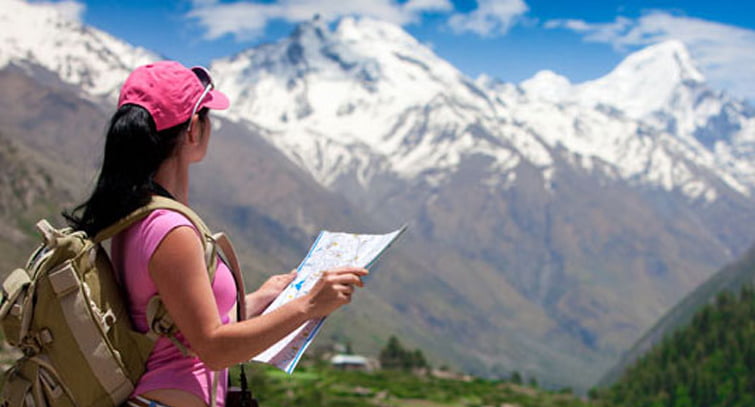
It is evidently extracted from an article on Medium, Hold onto Solo travelling, that women have an opportunity to have a separate identity that is a challenge to their invisibilisation in a patriarchal society. During solo travels, they can get to sharpen their experiences and become more aware of what is happening in the world.
Moreover, we need to understand that India must be made safer for women through the recognition of socio-political limitations but not to limit women’s freedom.
About the author(s)
Nashra Rehman finds her profound interest in addressing the plight of Muslim women and their unappreciated marginalisation. Her focus remains on bringing a novel argument to life.
